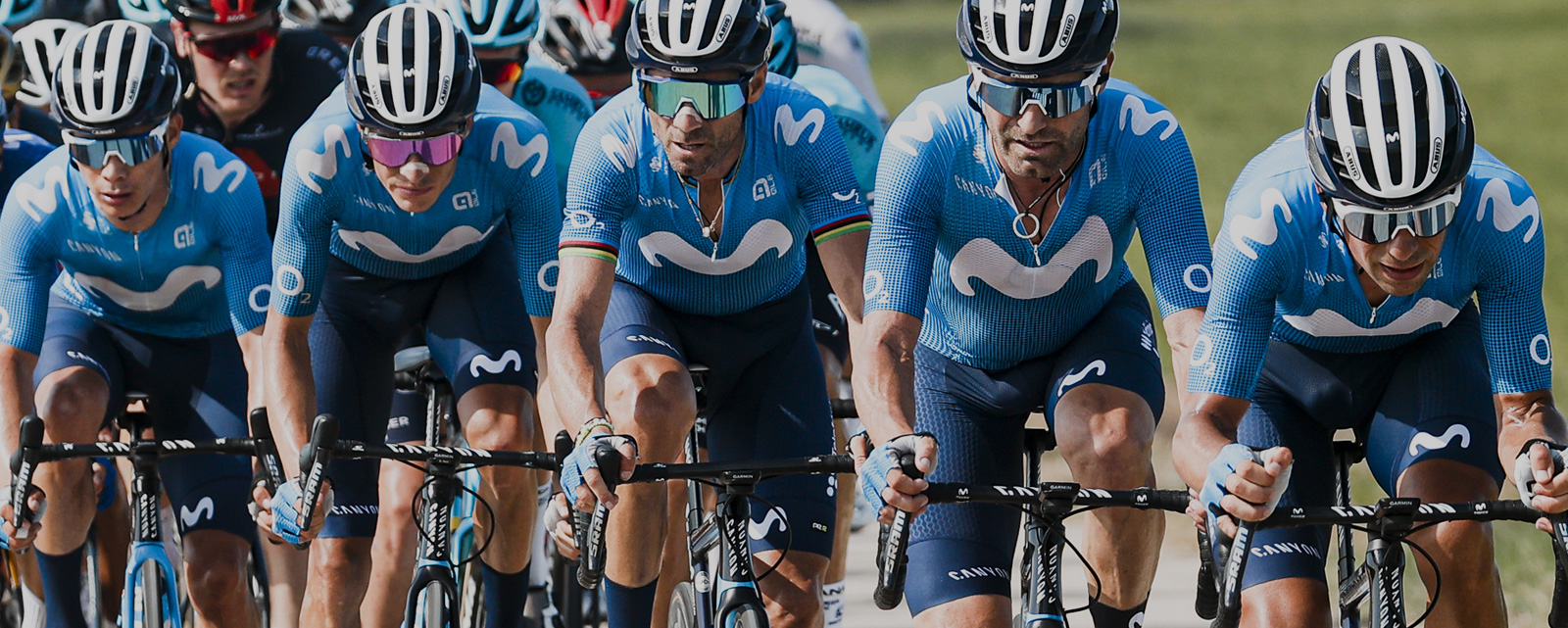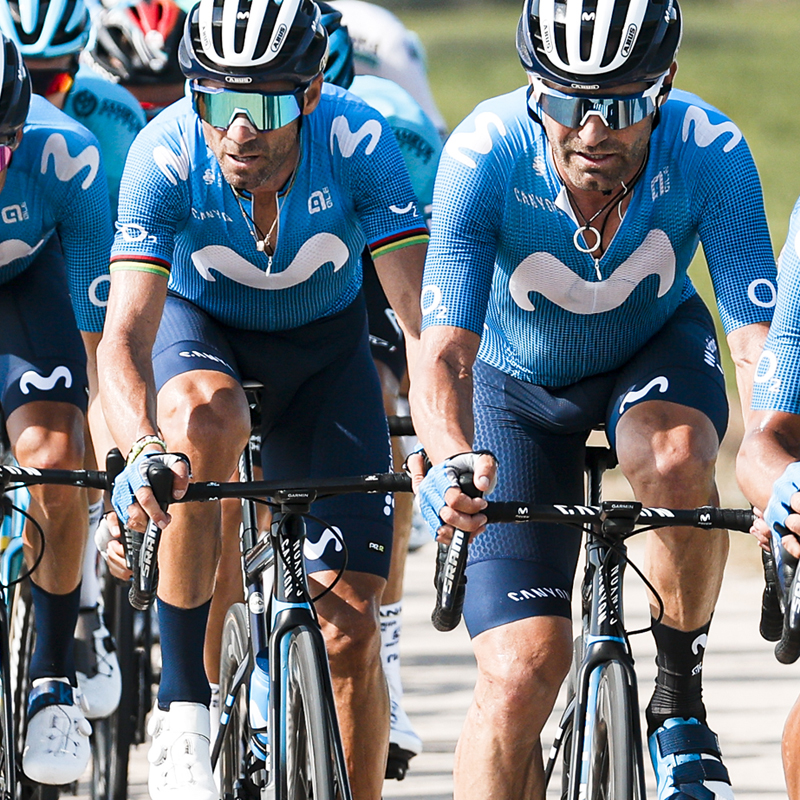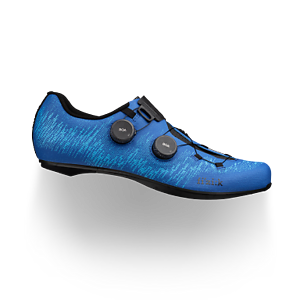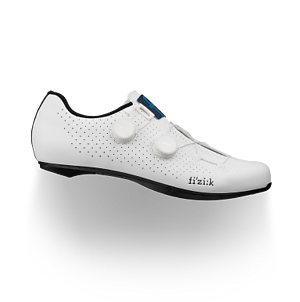Movistar Team Captain and Vuelta veteran, Alejandro Valverde, kicked off his fifteenth Spanish Tour with hopes of a strong performance in what he had previously promised would be his final GT. But on Stage 7, with “El Bala” on the attack in the final 40km, a small bump followed by a loss of control took Valverde off course and ultimately out of the race. We spoke with Jose Joaquín Rojas, Alejandro’s teammate, as well as Valverde himself to find out what that moment meant as well as what the future holds for the grand Spanish champion.
JOSE JOAQUÍN ROJAS
What were your thoughts when you first saw that Alejandro had crashed?
I first saw his bike, and then I saw Alejandro on the embankment, trying to climb with one hand because he was holding his shoulder with the other. My first thought was to help him.
He kept repeating to me, “It hurts a lot! It hurts a lot!” and instinctively, I took his hand and pulled him back over the barrier, back onto the roadside.
Alejandro told me, “I have a broken collarbone! I have a broken collarbone!” and so I looked at it.
After looking at it, I told him that the collarbone wasn’t broken—at least at first glance, he didn’t seem to have a displaced fracture.
Of course, we discovered after the x-rays that his collarbone had a compound fracture, but it was impossible to see it at the time.
What was your first reaction?
The first sensation I felt was a tremendous pain for Alejandro because he is a great friend before being a great rider.
The truth is, you are never ready to see your captain suffer—the same person you have supported and supported throughout your sporting life.
When I passed that corner and saw his bike on the side of the road, I immediately stopped, but was still thinking that nothing serious had happened. But then I found Alejandro almost impassive, immobile, white in the face, and my first thought was that I had to help him.
Who announced the crash on the radio?
Enric announced that Alejandro had fallen – “Caida Bala! Caida Bala! Caida Bala!” – because both were leading the peloton. When Bala attacked, Enric was immediately behind him and was the first to notice the fall.
What were your feelings following the official withdrawal?
When I learned that he had withdrawn from the race, I was sad because we had lost one of our captains in that moment.
But then, when I learned that he only had a broken collarbone, I felt very relieved because I know he can recover quickly from a broken collarbone! Three days and El Bala would be on the bike again.
ALEJANDRO VALVERDE
Can you describe the moment of the crash?
Thinking back to the moment of the accident, I think it was a shame. I’m not saying I was relaxed at the time, but I was descending without any issues.
I tackled the curve normally, as I would have done at any other time, even in training, with my arms relaxed, but I didn’t notice that there was a small crack on the asphalt that I hadn’t seen.
I got a kickback on my arm, and my hand lost its grip on the handlebars. It slipped and I lost the bike’s balance, which slid to the side of the road where everyone saw the scene.
The thing that most impressed me, after having reviewed the images the next day at home, was realizing how little room was left between where I stopped and falling into the ravine, and the crash becoming much more severe than it was.
What did you say to JJ Rojas in that moment?
After I fell, I immediately got up and began to see the whole group and support cars pass me. In the meantime, I was shouting on the radio, “I’m here! I am here!” and at one point, JJ Rojas appeared.
Rojas told me, “Give me your hand!” and I said to him, “Rojas, I can only give you my left because I can’t move my right!”
I felt that I had broken something, even though I didn’t know at that exact moment what was broken – whether it was the collarbone or not – because when I’d broken my collarbone in the past, I was unable to move in any way.
But I knew that indeed something, maybe the scapula, or the shoulder, was broken. Rojas helped me up the slope, looked at my back, my shoulder, and kept saying, “Cheer up! Power!”
The truth is that I couldn’t help but get back on the bike at that moment, despite the pain, because when you have a partner there, who has stopped for you, who is helping you and motivating you, you can’t help but find the strength to start again. It’s one of the most motivating things, even when you have something broken.
What were your thoughts when you decided to end your Vuelta?
When I decided to withdraw, I first felt great regret for myself, a great regret because I knew I was in good shape.
And then, great regret for my teammates because I knew we had high expectations for this Vuelta, and until that moment, everything was going for the best. When I crashed, I was attacking, and we would undoubtedly have been able to create a big fight on that day’s stage. I am sure that if I had made it to Santiago, we would have fought until the last day.
Tell us about your plans. Are you focused on the Worlds?
Surely I will still be present at the races before the end of the season. Indeed, you will see me competing again. I will not be at the start of the World Championships, even if I like the course a lot, but my teammates from the Spanish National Team are certainly more suited to the Belgian course than me. I would like to be at the start of the Giro di Sicilia, four days to train, then to Milan, Turin and finally to Lombardy. I know I’m not at my best, but I’ll do my best to be competitive as always.
We wish Alejandro Valverde a speedy recovery and can’t wait to see him back racing again soon.














